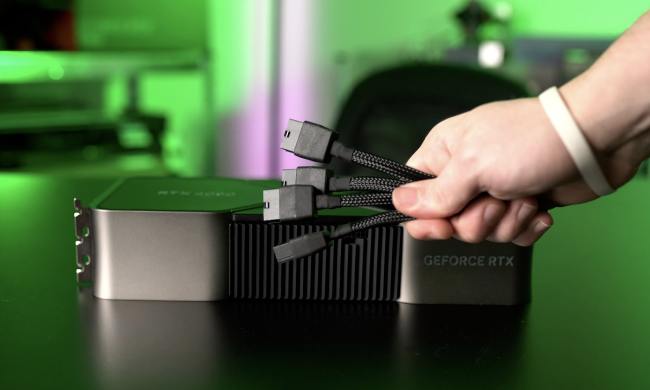Now here’s a USB flash drive so minuscule you’ll likely want to leave it permanently plugged into your computer for fear of losing it.
SanDisk claims its new 128GB Ultra Fit storage device is the world’s smallest USB 3.0 flash drive on the market today, and considering it apparently consists of little more than the USB connector itself, that lofty assertion appears somewhat indisputable.
No bigger than a dime, SanDisk’s latest addition to its growing range of USB flash drives could be a nifty solution for anyone who’d like some plug-in-and-forget flash storage for their notebook, tablet, or gaming console.
“The quality of content consumers create and consume continues to increase, generating higher demand for more sophisticated digital storage,” said Philippe Willams, director of product marketing for SanDisk, in a press release. “With remarkable USB 3.0 speed and compact designs, our new high-capacity USBs let users enjoy even more of their favorite content without having to even think about running out of space. SanDisk is constantly engaging in new ways to leverage our flash memory expertise and deliver innovative, reliable solutions that really make a difference in consumers’ daily lives.”
The new drive, which launched on Monday, is a follow-on from the 16GB, 32GB, and 64GB Ultra Fit drives that landed last year. SanDisk claims its newest USB flash drive, together with the others in the range, offers transfer speeds “of up to 130 MB/s, allowing users to move content up to 10 times faster than with standard USB 2.0 drives, such as transferring a full-length movie in less 40 seconds.”
SanDisk’s diminutive drive is available globally from this week and will set you back $120.
The company on Monday also released a 256GB version of its Ultra USB 3.0 flash drive, which comes with a $200 price tag.
The device, which can’t compete with the Ultra Fit in terms of physical size, is also available in 16GB, 32GB, 64GB, and 128GB flavors, and offers transfer speeds of up to 100 MB/s.
SanDisk’s latest USB flash drives are both sold with a five-year warranty and SanDisk SecureAccess software that helps you keep private files safe with password protection and 128-bit encryption. Buyers also receive a year’s subscription to RescuePRO software that gives you a shot at recovering lost or corrupted files, should the worst happen.


